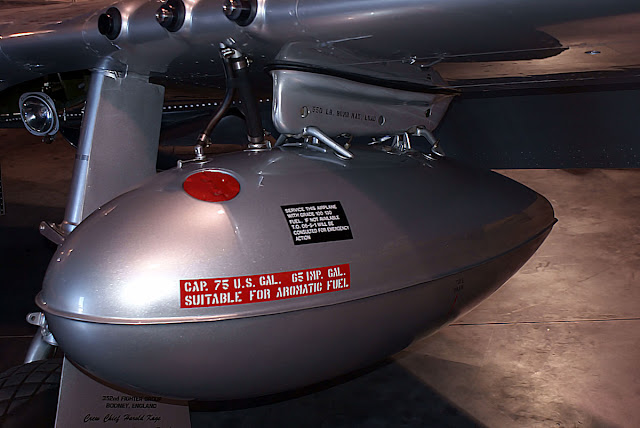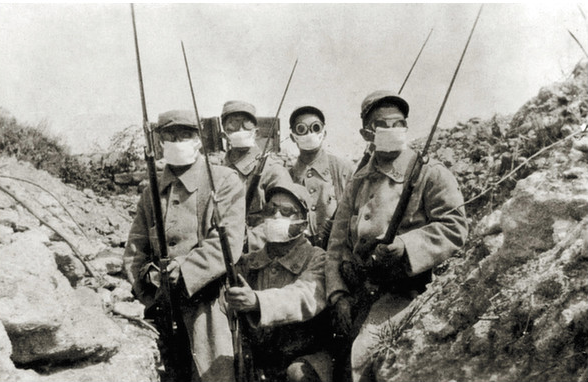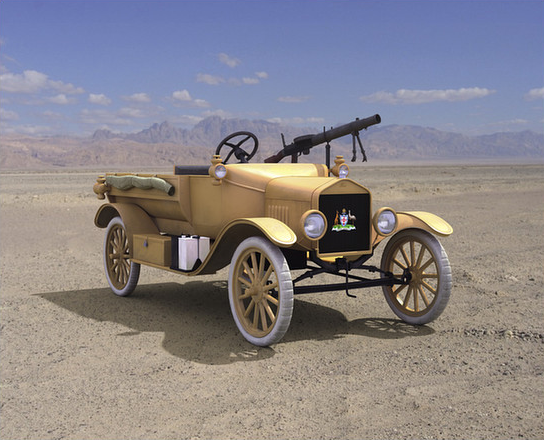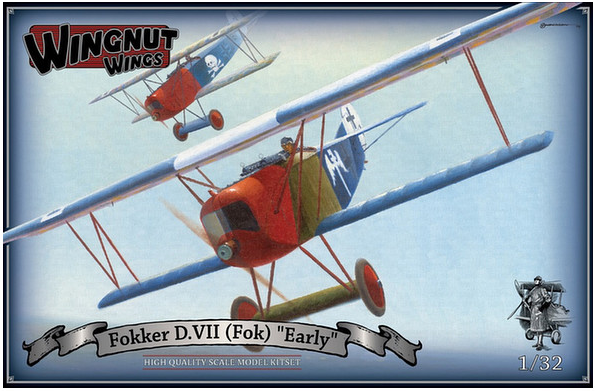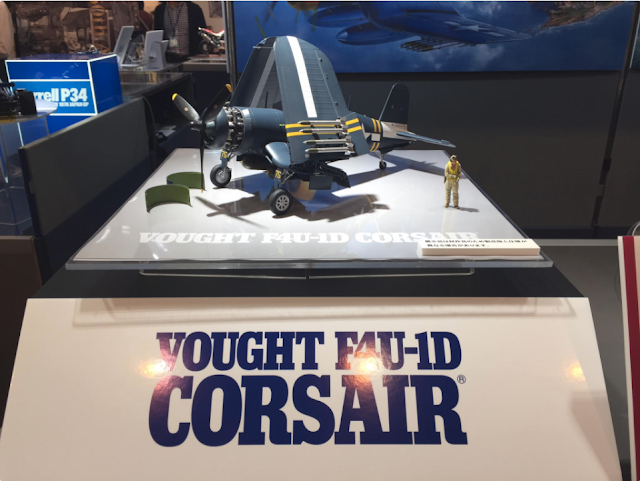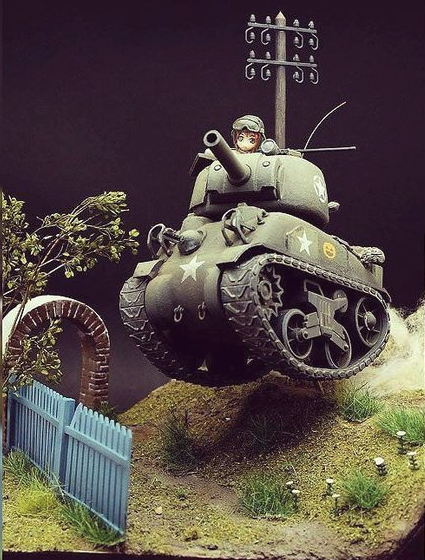Today I have a post written by a special guest blogger, my friend Ian Gittins. Ian is a lifelong modeller who specialises in 1/35 armour builds. He's just finished building a Dragon VK.45.02(P)H tank, and has shared his experiences:
____________________________
1/35 Dragon VK.45.02(P)H
"Ok, like Dave I prefer a simple approach to building kits and try not to get to bogged down with detail or agonise over historical accuracy . Kit building is supposed to be an enjoyable experience and give you the opportunity to be creative and use your imagination. So, my approach to a potential build is:
- It has to be a cheap(ish) but decent brand of kit
- It doesn't contain a million parts
- It won't take me months to build, and
- Only a quick bit of internet research on references is required.
So, the kit I've just about completed is a 1/35 Dragon VK.45.02(P)H (Kit #6657) which I'd purchased from Hobby HQ in Thomastown for $38 (THE best model shop ever!). I've a real hankering for the more unusual WW2 German tanks which are often referred to as "Paper Panzers" as they never really came into production.
The kit has nice crisp moulding and fitted together well bar the photo etch cable guides on the sides as they came off at any given opportunity due to the poor design and fragility of the metal. I gave up re-attaching them after a while as they drove me mental. The instructions are also missing a section about constructing the gun so I had to use my brain a bit to figure it out and the other bone of contention was the metal barrel. The barrel was too heavy and would drop onto the body of the tank so ended up super glueing all the inside parts of the breach to keep it in place.
The one piece tracks are really good and there was no real issues fitting them. For this kit I wanted to try some different painting methods so I attached all the tools before painting which is something I don't usually do. I used leftover tools from a Trumpeter kit I'd built previously and cleaned out the clasps with a pin vice as the Dragon moulded tools where a bit bland and I'm never going to attempt putting photo etched clamps on any kit as I have hands the size of bear paws and eyes like a deep sea fish!
Now this is where the real agony begins ....Primers ! I used AK Interactives red primer for the first and most likely last time.... I HATE AIRBRUSHED PRIMERS as my Tamyia 0.3 Airbrush just can't handle them regardless of what thinner I use. I even tried Windex and it failed. I tried a cheap airbrush with a 0.5 needle and that failed too, so Tamiya spray can primer is the way fwd either that or $6 Car Primer from Super Cheap Auto.
Anyway, after the primer saga I then added a base coat of Tamiya XF 84 Dark Iron which makes a great and realistic base metal colour. After the dark iron I applied a layer or two of hairspray then a thin layer of Tamiya XF64 Red Brown mixed with some flat red and chipped it off after about 45 mins drying time.Applied a quick layer of Tamiya Semi Gloss clear to seal it in then after 24 hrs drying time another two layers of hairspray. Next a base coat of Tamiya DK Yellow (lightened with some Tamiya Buff).
I then spent nearly two hours masking off areas to do a real fancy splinter camo scheme using professional (and expensive) masking tape and applied AK's Chocolate Brown and an AK something or other green. Peeled away the tape and WHAM the paint came off in large chunks right down to the plastic and the tape bled too which really sent me into a frenzy and out into the garden armed with Easy Off oven cleaner to strip it all off at 10pm !
Started again but this time used a Mr Hobby Russian Green for the camouflage (gave up on the splinter camo for now). The green came out a bit to garish but what the hell..... Weathered it with some cheap oil paint from Reject Shop ($5 for pack of 10), Vallejo pigments, sponge chipping, AK Streaking/Rust effects stuff.
 |
| That is some damn fine chipping right there - Dave |
So the moral of the story is....AK and Vallejo may be forgiven some ways as the make excellent weathering products but they are to be burned at the stake for their airbrush paints and primers. Professional $12 a roll masking tape is also to be avoided at all cost.
A lot of mistakes occurred whilst building this kit and it took forever to finish but it certainly pointed out some pit falls along the way and I've learned a little bit more on what works, what doesn't and what I need to avoid in the future."
 |
| The finished product. |
 |
| Scratch built hinge on the ladder. |
____________________________
Thanks for the write-up Ian. I feel your pain, there is nothing like peeling the masking tape off a carefully painted work of art to find a nasty surprise underneath...
I'm never going to be able to airbrush AK Interactive paint again without thinking of you shaking a fist at them and threatening to burn them at the stake :)
These so called "Paper Panzer" late-war prototypes are just fascinating. You can really see the development of armour philosophy in the closing stages of the war: bigger guns, better crew protection(gotta love that turret protected way at the back of the chassis, quite like the design of the later Israeli Merkava tank), attempts at increased mobility.
From
Wikipedia:
"The VK 45.02 (P) was the official designation for an unsuccessful heavy tank project produced by Porsche in Nazi Germany during World War II.
Development of this vehicle started in April 1942. The Krupp company received an order for construction of turrets. However, the prototype hull was never manufactured. The turrets were mounted on the first Tiger IIs.
After the VK 4501 (P) failed to win the contract, Dr. Porsche began looking at ways to improve the design for a future version. Based on the latest Allied tank designs, however, it was clear that simply increasing the armor on the VK 4501 (P) would not be enough for the tank to remain competitive. It needed to have both more weight and more maneuverability. What initially began as a single vehicle, entitled "Typ 180" grew into a series of five different vehicles, requiring the development of two hull configurations: the Hinten with its turret at the back (as shown in the picture on top) and the Vorne with its turret on the front. Both an electric and a hydraulic drive system, and four different engines. The overall project came to be known as VK 45.02 (P)."
Fascinating. And now I have another genre of models that I want to build.. thanks a bunch Ian! ;)
I hope you enjoyed having a guest blogger contribute. Please do leave comments below if you have any feedback, and do please get in touch with me if you are interested in contributing something of your own, I'd love to hear from you.
Until next time,
Cheers,
Dave




